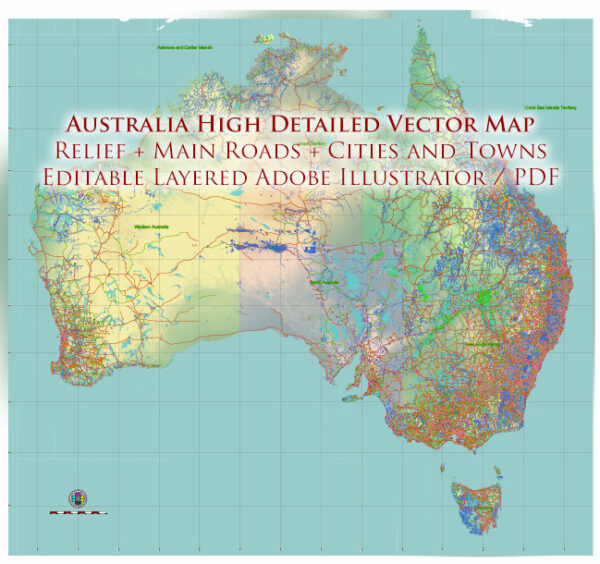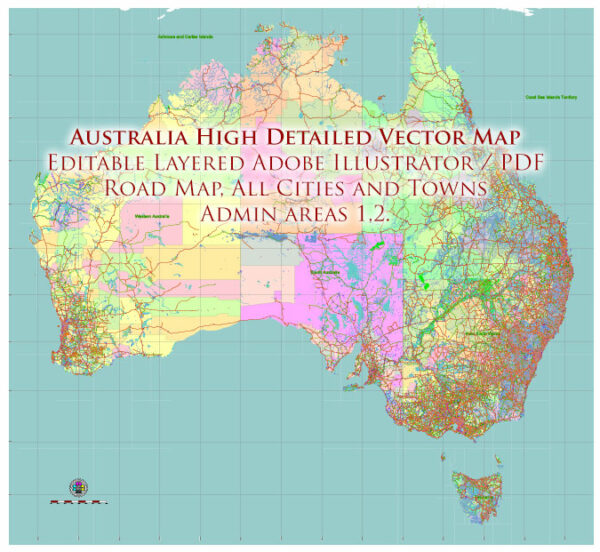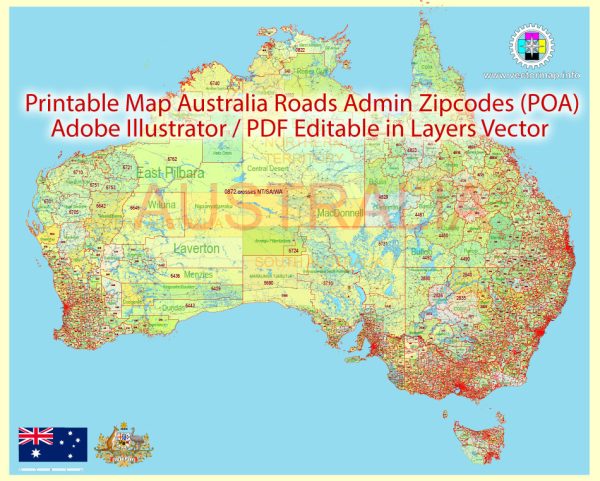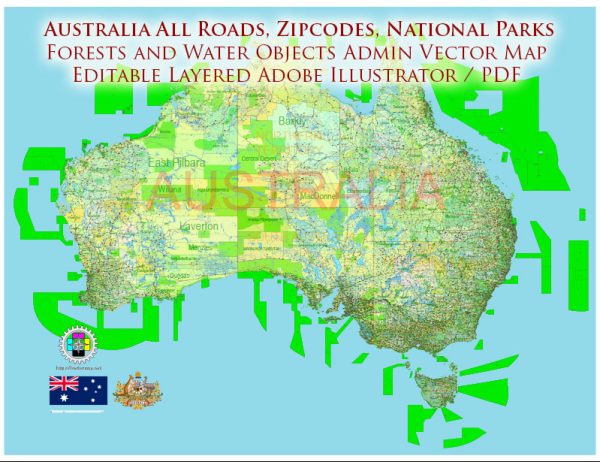Australia has an extensive and well-developed highway system that spans across the continent. The highway system is vital for connecting major cities, regional centers, and remote areas. Here are some key aspects of Australia’s highway system:
- National Highway Network: The National Highway Network is a system of highways that connect major cities and regions across Australia. It is made up of various routes, including the National Highway (NH) and National Land Transport Network (NLTN). The most well-known route is the Hume Highway, which connects Sydney and Melbourne, two of Australia’s largest cities.
- Transcontinental Highways: Australia has several transcontinental highways that traverse the continent from east to west and from north to south. These include the Eyre Highway, which connects Perth in Western Australia to Adelaide in South Australia, and the Stuart Highway, which runs from Darwin in the Northern Territory to Adelaide.
- State and Territory Highways: Each state and territory in Australia manages its own network of highways. These highways connect cities, towns, and rural areas within the respective regions. For example, Queensland has the Bruce Highway, while Western Australia has the Great Northern Highway.
- Regional and Local Roads: In addition to national and state highways, there is an extensive network of regional and local roads that provide access to more remote and less densely populated areas. These roads are often unsealed and may require 4WD vehicles for travel.
- Highway Conditions: Road conditions can vary significantly depending on the region and weather conditions. Some highways are well-maintained and sealed, while others may be prone to flooding, particularly in the northern regions. It’s important for travelers to check road conditions and closures, especially in remote areas.
- Distances: Australia is a vast country, so distances between cities and towns can be substantial. Travelers should plan accordingly and ensure they have enough fuel, supplies, and water when embarking on long journeys.
- Road Signs and Safety: Australia has a comprehensive system of road signs and safety regulations. Speed limits, rest areas, and other important information are clearly marked on highways. Road safety is a top priority, and strict regulations are in place to ensure safe driving practices.
- Rest Areas and Services: Along major highways, you’ll find rest areas, service stations, and facilities for travelers to take a break, refuel, and rest. In more remote areas, these amenities may be less frequent, so planning ahead is crucial.
- Toll Roads: Some urban areas, like Sydney and Melbourne, have toll roads that charge a fee for using them. Make sure to be aware of these tolls if you plan to drive in these cities.
- Road Trip Opportunities: Australia’s highway system offers excellent opportunities for road trips, allowing travelers to explore the diverse landscapes and regions of the country. Popular road trips include the Great Ocean Road in Victoria, the Red Centre Way through the Australian outback, and the Pacific Coast Drive along the eastern coast.
Before embarking on a journey on Australia’s highway system, it’s essential to plan your route, be aware of road conditions, and ensure your vehicle is in good working order. Road safety is a priority, and taking precautions is crucial, especially in remote areas.





 Author: Kirill Shrayber, Ph.D.
Author: Kirill Shrayber, Ph.D.